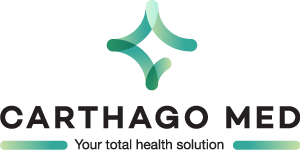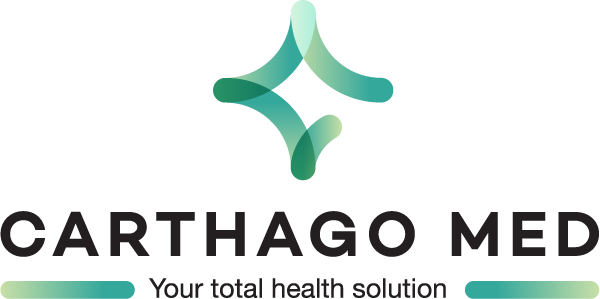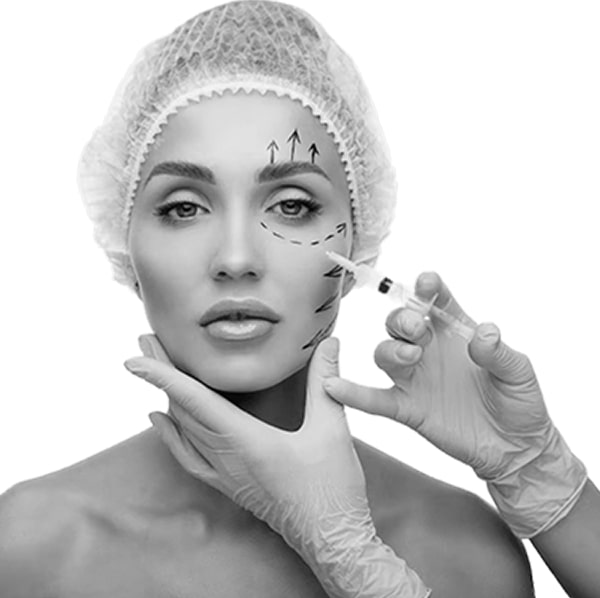Medical blepharoplasty: Eyelid repositioning without surgery
Our eyes are often considered the windows to our soul, but with time, they can reveal signs of aging. Drooping eyelids, under-eye bags, and wrinkles can not only alter our appearance but also impact our self-confidence.
What is medical blepharoplasty?
I apologize for the confusion in my previous response. "Medical blepharoplasty" is not a recognized term within the field of cosmetic or oculoplastic surgery. Blepharoplasty refers specifically to eyelid surgery, which is a surgical procedure to modify the appearance of the eyelids. During a traditional blepharoplasty, an oculoplastic surgeon makes incisions along the natural creases of the eyelids and removes excess skin, fat, and sometimes muscle to achieve the desired aesthetic outcome. This surgical procedure can address concerns such as drooping eyelids, excess skin, puffiness, or bags under the eyes.
Non-surgical or non-invasive techniques, as mentioned in the previous response, are alternative approaches to eyelid rejuvenation that do not involve surgery. These techniques aim to improve the appearance of the eyelids using injectables, lasers, radiofrequency treatments, or chemical peels, but they should not be referred to as "medical blepharoplasty" as they are distinct from the surgical procedure.
If you are interested in eyelid rejuvenation or have concerns about your eyelids, it is recommended to consult with a qualified oculoplastic surgeon or cosmetic surgeon who can assess your specific situation and provide you with the most appropriate treatment options, whether surgical or non-surgical, based on your needs and goals.
What is the average price of medical blepharoplasty?
The cost of medical blepharoplasty, or surgical eyelid surgery, can vary depending on several factors. These factors include the geographical location, the experience and expertise of the surgeon, the complexity of the procedure, and the specific treatment goals. It's important to note that the cost of the procedure may also include additional expenses such as anesthesia, facility fees, and post-operative care.
As a result of these variables, it is challenging to provide an exact average cost. However, to give you a general idea, the cost of medical blepharoplasty can range from approximately $2,000 to $7,000 per eyelid. The total cost will depend on whether you are having upper eyelid surgery, lower eyelid surgery, or both. It's crucial to have a consultation with a qualified oculoplastic surgeon or cosmetic surgeon to assess your individual needs and determine the appropriate treatment plan. During the consultation, the surgeon will provide you with a detailed cost estimate based on your specific requirements and the complexity of the procedure.
It's also worth noting that in some cases, medical blepharoplasty may be considered medically necessary rather than purely cosmetic. For example, if the excess eyelid skin is obstructing your vision, your health insurance may cover a portion of the cost. However, coverage policies can vary, and it's important to consult with your insurance provider to understand the extent of coverage, if any.
What techniques are used in medical blepharoplasty?
Medical blepharoplasty, also known as surgical eyelid surgery, encompasses a range of techniques tailored to achieve specific aesthetic goals. Upper eyelid surgery targets excess skin, muscle, and sometimes fat through carefully placed incisions along natural eyelid creases. This procedure results in a rejuvenated upper eyelid appearance. Lower eyelid surgery addresses issues like under-eye bags and sagging by making incisions either inside the lower eyelid or below the lower lash line. Excess fat or skin is removed, and remaining tissues are tightened, creating a youthful lower eyelid contour.
Complementing these surgical options are non-surgical alternatives like dermal fillers, which address volume loss and dark circles by strategically injecting fillers. Botulinum toxin injections temporarily relax muscles, smoothing dynamic wrinkles, especially around the eyes. Laser resurfacing treatments improve skin texture, reduce wrinkles, and correct pigmentation irregularities, promoting smoother and tighter skin. Radiofrequency treatments, like Thermage or Forma, use controlled heat energy to stimulate collagen production, tightening eyelid skin without surgery. Superficial chemical peels enhance skin texture and reduce pigmentation irregularities, revealing refreshed skin.The choice of technique depends on individual needs and desired outcomes. Consulting with a qualified oculoplastic or cosmetic surgeon is crucial for determining the most suitable approach tailored to each person's specific situation.
What is the recovery process like after medical blepharoplasty?
The recovery journey after medical blepharoplasty, or surgical eyelid surgery, is characterized by several stages. Immediately after the procedure, your eyes may be covered with protective ointment and bandages to support healing. Sensations of mild discomfort, tightness, or pulling in the eyelid area, along with common swelling and bruising, are expected. Following your surgeon's instructions, you'll need to keep your head elevated, avoid strenuous activities, and apply cold compresses during the initial days. Temporary blurry vision, eye dryness, and light sensitivity might be experienced. Swelling and bruising, lasting one to two weeks, can vary in intensity; your surgeon may recommend cold compresses and prescribed medications to minimize these effects.
The downtime associated with blepharoplasty varies, ranging from several days to a few weeks, during which limiting activities and taking time off work might be necessary. Adhering to specific guidelines, such as avoiding heavy lifting and rigorous exercise, is crucial. Gradual improvement in eyelid appearance occurs as healing progresses: swelling and bruising diminish, and incision lines fade. However, complete healing and final results may take weeks to months, with scars continuing to mature over time.
Additionally, follow-up appointments with your surgeon are vital for monitoring healing progress. These appointments involve assessing your eyelids, removing sutures, and addressing any concerns. By providing essential post-operative care and ensuring that your recovery is on track, these follow-up visits play a crucial role in the overall healing process.
It's essential to maintain open communication with your surgeon throughout the recovery process. If you experience severe or prolonged pain, excessive swelling, or any unexpected complications, it's important to contact your surgeon promptly. Remember that every individual's recovery process can vary, and it's important to follow your surgeon's specific post-operative instructions for the best possible outcome.
What results can be expected from medical blepharoplasty?
Medical blepharoplasty, or surgical eyelid surgery, offers a range of positive outcomes, enhancing the overall appearance of the eyelids in multiple ways. Wrinkles and fine lines, including dynamic ones like crow's feet, can be smoothed out through the removal of excess skin and the tightening of underlying tissues, resulting in a more youthful and smoother eyelid area. Additionally, the procedure can lead to a more even and smooth eyelid surface by eliminating surplus skin and, at times, fat, addressing concerns like drooping or sagging eyelid skin, ultimately rejuvenating the eyes. Blepharoplasty is also effective in reducing under-eye hollows and tear trough deformities; the surgeon may reposition or remove fat deposits and correct volume loss to create a refreshed under-eye area. Furthermore, the surgery can provide lifted and more defined eyelid contours, countering the appearance of drooping or heaviness. By removing excess skin and repositioning tissues, a more alert and revitalized look can be achieved. Moreover, eyelid surgery aims for improved symmetry and balance between the upper and lower eyelids. By addressing asymmetries in skin laxity or fat distribution, blepharoplasty contributes to a more harmonious and balanced overall appearance of the eyes. It's important to note that the specific results can vary depending on individual factors, such as age, skin elasticity, and the extent of the surgery. It may take several weeks to months for the full results to become apparent as the healing process progresses and any swelling or bruising subsides.
Contact us:
Phone: 00 216 22 960 337 - Email: contact@carthagomed.com









